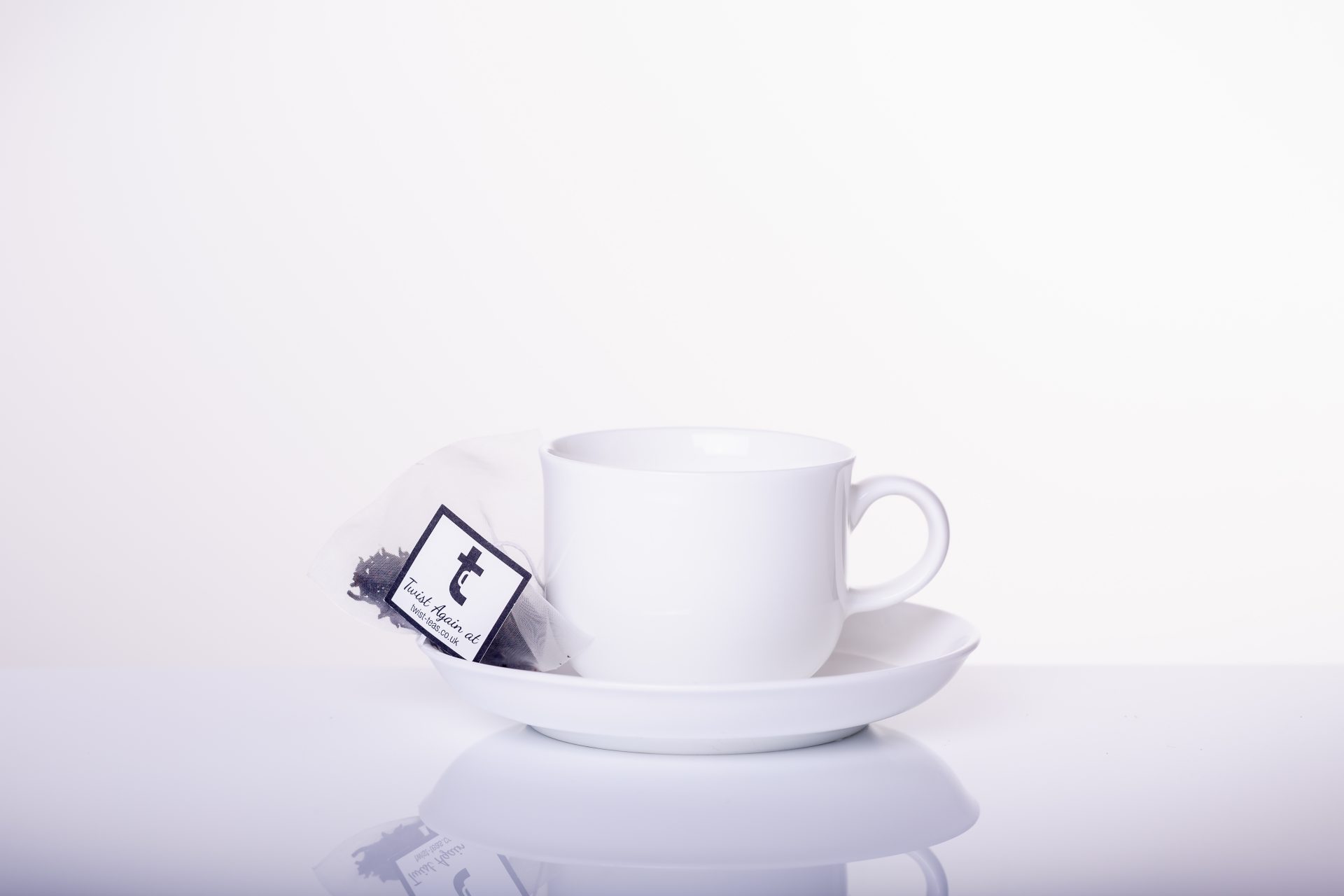
Sometimes referred to as the “Swiss Water Method,” this decaffeination method removes the caffeine by soaking the tea in hot water for a period of time. However, ethyl acetate is very difficult to remove after the decaffeination process, and is sometimes described as leaving a chemical taste.Ĭaffeine extraction with water is used primarily for coffee decaffeination, although a small amount of tea products are decaffeinated using this method. Caffeine is extracted in the same way as with methylene chloride processing, but using ethyl acetate as the solvent. Tea processed using ethyl acetate is often referred to as “naturally decaffeinated” because ethyl acetate is a chemical naturally present in many organisms. bans all imports using methylene chloride. Because methylene chloride is widely believed to be unfit for human consumption, a legal limit of 5 parts per million is placed on residual traces in the tea and the U.S. Or it is removed indirectly by brewing the tea (which removes the caffeine from the tea leaves), then adding methylene chloride to that brew (which removes caffeine from the brew), and then re-introducing the brew to the tea leaves for reabsorption of flavors and oils. Caffeine is removed directly by soaking the tea leaves in methylene chloride. Methylene chloride decaffeination is a process by which the molecules of caffeine bond to molecules of methylene chloride. We also support the CO2 decaffeination method because the CO2 used for decaffeination is filtered and recycled at a rate of around 99% and emits very little CO2 into the atmosphere. According to tea "technologist" Nigel Melican, tea decaffeinated using the CO2 method retains 92 percent of its polyphenols (antioxidants) compared to tea decaffeinated using the ethyl acetate process, which only retains 18 percent. We feel that this is the safest form of decaffeination, while retaining the greatest flavor and health benefits. Finally, the newly-decaffeinated tea leaves are dried.Īrbor Teas uses the carbon dioxide (CO2) method for our organic decaffeinated teas. After passing through the tea leaves, the caffeine-laden CO2 is filtered to remove the caffeine, and then recycled for further use in decaffeination. Then streams of pressurized and heated CO2 are passed through the tea leaves, where it bonds with the caffeine molecules while leaving the tea leaves otherwise intact.

To begin the CO2 decaffeination process, the tea leaves are moistened with water and placed under pressure. This is called its "supercritical" state, which is why CO2 decaffeination is also referred to as "Supercritial CO2 Decaffeination" or "Supercritical Fluid Extraction." Under pressure and temperature, however, CO2 is able to flow freely through natural materials (like tea) and has strong solvent capabilities.
:max_bytes(150000):strip_icc()/GettyImages-1125891478-d621e1acc4ce4983a0727c68f5b9d05c.jpg)
Although elevated levels of CO2 in our atmosphere contribute to global warming, it's generally an inert substance. In the United States, ethyl acetate is the most widely used decaffeination method for tea.ĬO2 is a non-toxic, nonflammable, colorless and odorless gas which is a naturally-occurring part of the air we breathe. So, if you are sensitive to caffeine, you should plan to finish any caffeinated drinks before 2 pm.Currently, there are four methods of decaffeination: methylene chloride, ethyl acetate, carbon dioxide, and water processing. Some people can tolerate tea later in the day or the evening, while others can’t. So, instead of a burst of energy, tea provides a steadier increase in energy levels, which can help you focus for extended periods. This amino acid helps slow the absorption of caffeine in the bloodstream. Tea, however, contains the amino acid L-theanine in addition to caffeine. Coffee is pure caffeine, which often leads to a burst of energy and a crash. Your body absorbs the caffeine in tea differently from the caffeine in coffee. The answer is different for every person. Add the fruit mixture to sweetened tapioca pearls to create caffeine-free fruit bubble tea. Blend or shake fruit juice, fresh or frozen fruit, or powder with milk and sweeteners to form the base of fruit bubble tea. While green tea has a low amount of caffeine, it is possible to make fruit bubble tea without caffeine. Use taro powder, from the taro root vegetable commonly found in Asia, to make a unique caffeine-free milk tea.

Taro, a popular bubble tea flavor, is naturally caffeine free. * If you are avoiding caffeine, ensure the herbal tea is pure and isn’t mixed with black or green tea. SEE ALSO: Boba Buddha’s Boozy Black Raspberry Bubble Tea Recipe Per 8-ounce serving


 0 kommentar(er)
0 kommentar(er)
